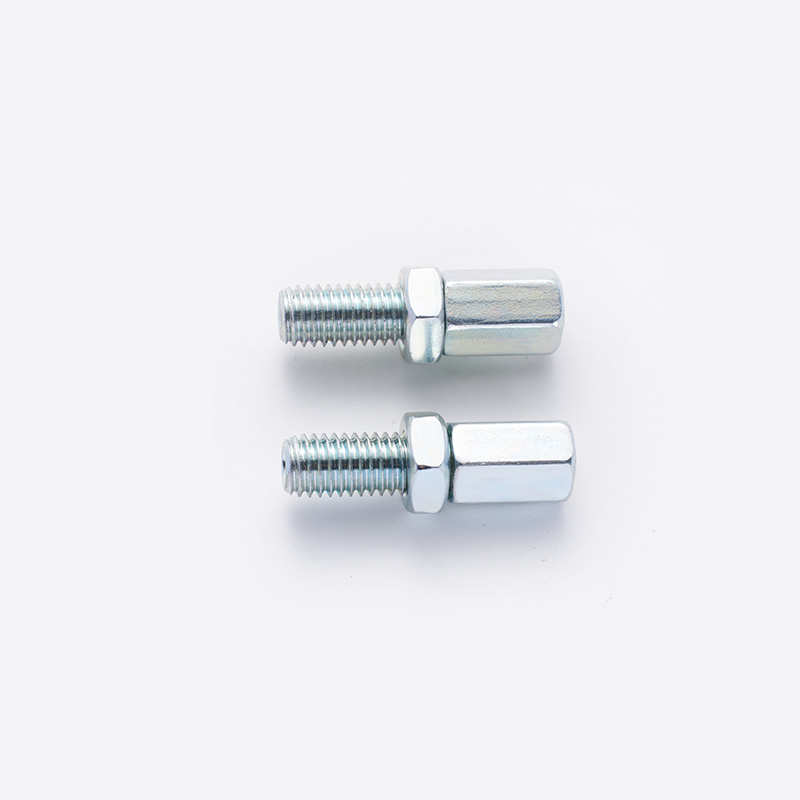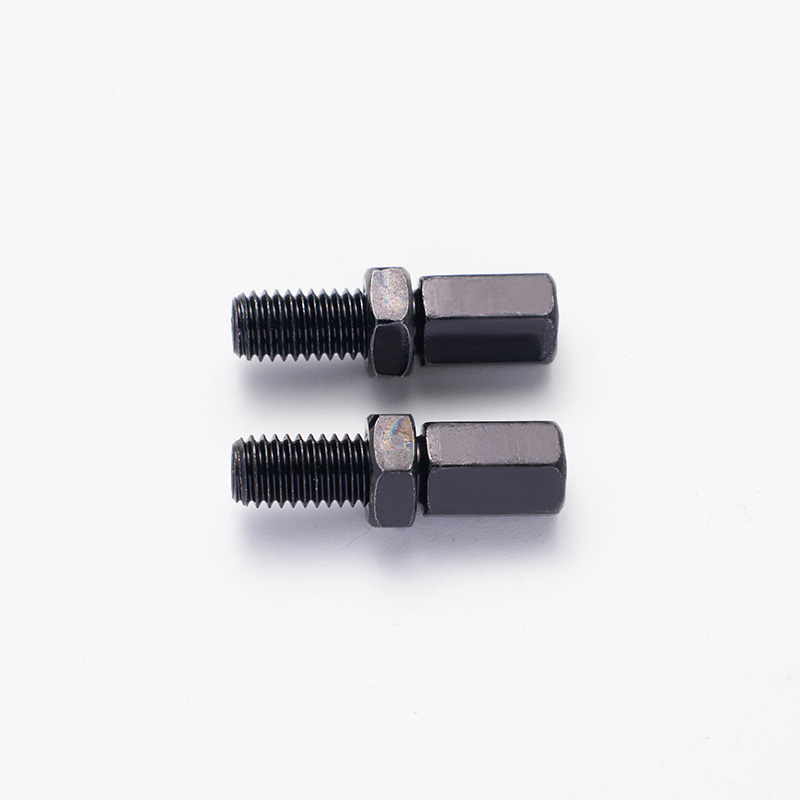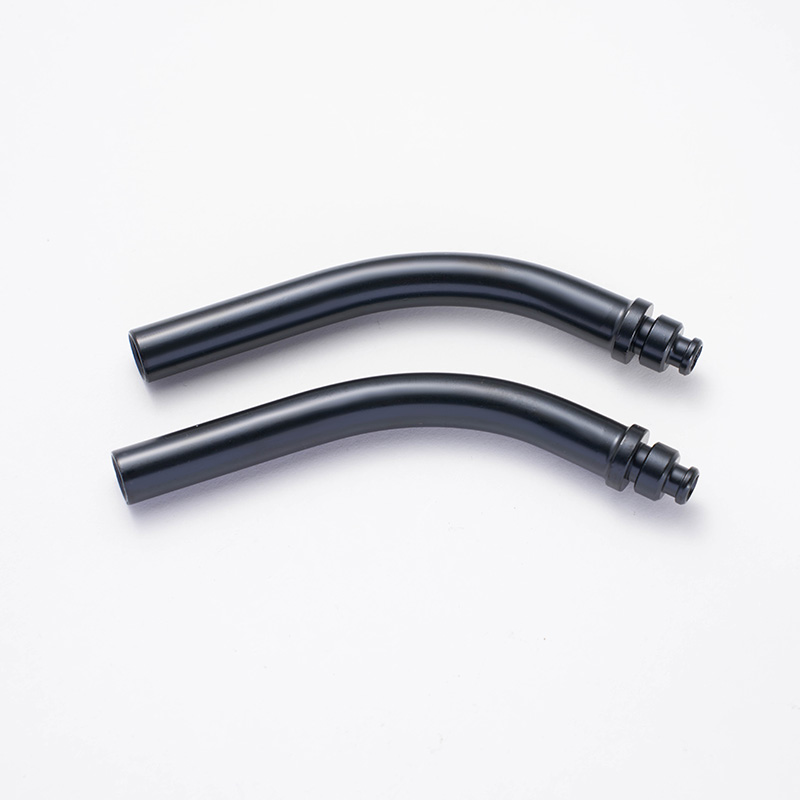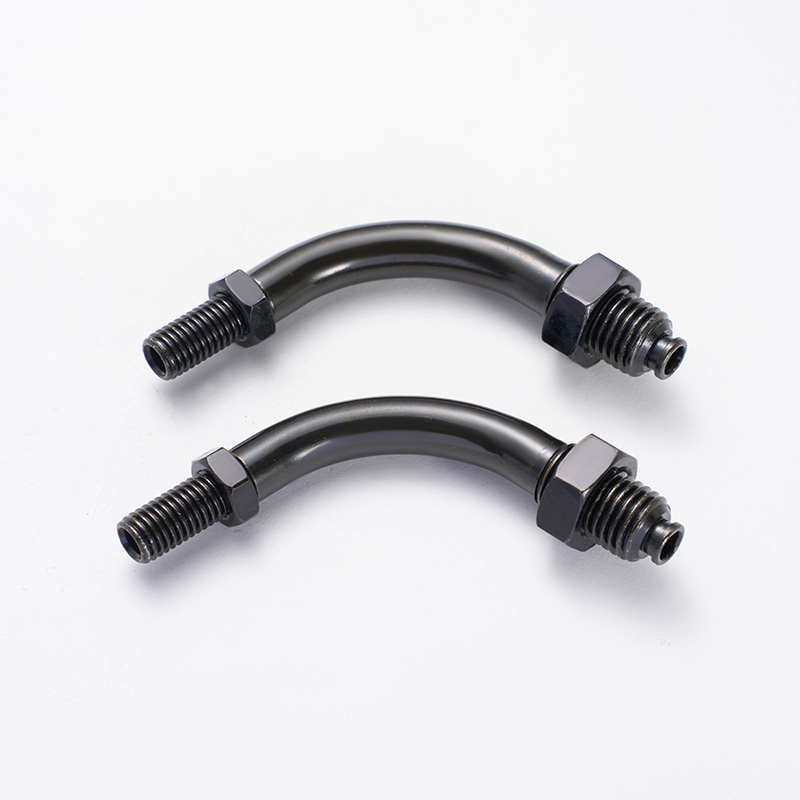The throttle for cable brake systems is a critical component that directly impacts the performance and safety of a vehicle, particularly in motorcycles and bicycles where braking efficiency is paramount. It essentially acts as the interface between the rider's control and the braking mechanism. Understanding its function can provide insight into the broader context of cable brake systems.

Control and Connection
A throttle for cable brake is the mechanism by which the rider can control the application of the brakes. It operates by pulling or pushing on a cable that is connected to the brake calipers or levers. This action allows the rider to modulate the amount of braking force applied, ensuring the vehicle slows down or stops as intended.
Safety and Responsiveness
The throttle's responsiveness is crucial for safety. A well-maintained throttle ensures that the brakes respond promptly to the rider's commands, allowing for precise control and reducing the risk of accidents. Over time, the cable and throttle may wear, affecting the brake's performance, which is why regular maintenance and inspection are essential.
What are the Types of Brake Cable Fittings?
The efficiency of a cable brake system is significantly influenced by the type of brake cable fittings used. Different types of fittings cater to various needs and conditions, enhancing the overall functionality of the brakes.
Barrel Fittings
Barrel fittings are commonly used in cable brake systems. They are characterized by their cylindrical shape and are designed to adjust the cable tension, allowing for fine-tuning of the braking response.
Ferrule Fittings
Ferrule fittings are used to secure and protect the cable ends. They are often made of metal and are crimped onto the cable to prevent fraying and to ensure a secure connection with other components.
Quick-Release Fittings
Quick-release fittings are designed for ease of use, allowing for fast detachment and attachment of the brake cable. They are particularly useful in situations where quick adjustments or removals are necessary.
Understanding the different types of brake cable fittings enables one to make informed decisions when repairing or upgrading brake systems, ensuring performance and safety.
What Does a Brake Cable Assembly Specifically Include?
A brake cable assembly is a comprehensive set of components that work together to facilitate the transfer of force from the brake lever to the brake mechanism. This assembly is crucial for the operation of cable-actuated brakes.
Components of the Assembly
A typical brake cable assembly includes the following parts:
1. Cable Housing: This is the outer casing that protects the cable and guides it from the brake lever to the brake mechanism.
2. Inner Cable: The inner cable is the core of the assembly, transmitting the force applied at the brake lever to the brake caliper.
3. Fittings: As discussed earlier, various fittings are used to secure and adjust the cable within the assembly.
4. Ends and Connectors: These components connect the cable assembly to the brake lever and the brake caliper, ensuring a secure and efficient transfer of force.
5. Cable Adjusters: These are used to fine-tune the tension in the cable, ensuring braking performance.
The brake cable assembly is a vital part of any cable-actuated braking system, and each component plays a specific role in ensuring that the brakes function effectively and safely. Regular maintenance and replacement of worn parts are essential to keep the brakes in top condition. By understanding the components of a brake cable assembly, one can better appreciate the intricacies of bicycle and motorcycle braking systems and take the necessary steps to maintain them.
 boo@zjmgmm.com / 958587858@qq.com
boo@zjmgmm.com / 958587858@qq.com English
English русский
русский Español
Español عربى
عربى






 English
English  Building 33, Demonstration Park, No. 318 Chenguang Road, Eastern New District, Wenling City, Taizhou City, Zhejiang Province, China
Building 33, Demonstration Park, No. 318 Chenguang Road, Eastern New District, Wenling City, Taizhou City, Zhejiang Province, China  0086-576-86337978
0086-576-86337978  0086-576-86333878
0086-576-86333878
 boo@zjmgmm.com
boo@zjmgmm.com 